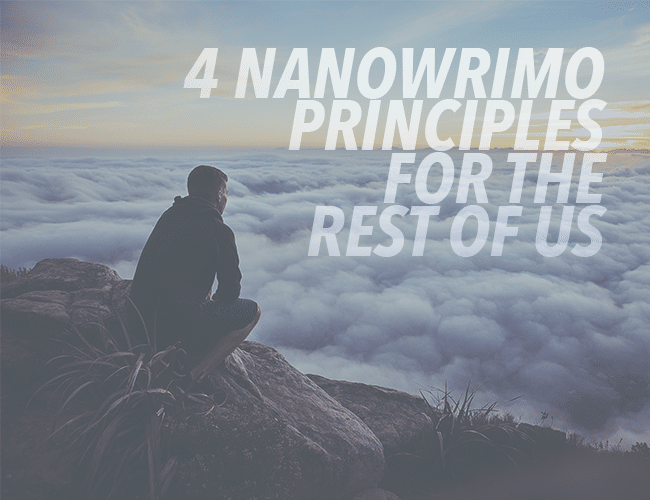
by Emily Wenstrom |
We’re now knee-deep in National Novel Writing Month (NaNoWriMo), the ambitious writer’s one-month sprint to 50,000 words.
Every year, hundreds of thousands of writers take on the challenge, and thousands succeed, saying adios to November with a first draft of a shiny new novel in tow.
It’s a truly amazing feat. But it’s not for everyone.
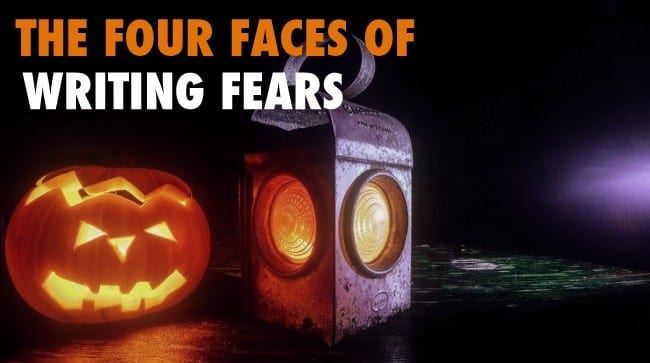
by Emily Wenstrom |
Just as we dress up in costumes at Halloween, our fears often disguise themselves, too. It’s natural to have fears when it comes to your writing. After all, we make a business of pouring our heart out onto the page and sharing it with the world.
But don’t let these fears hold you back!
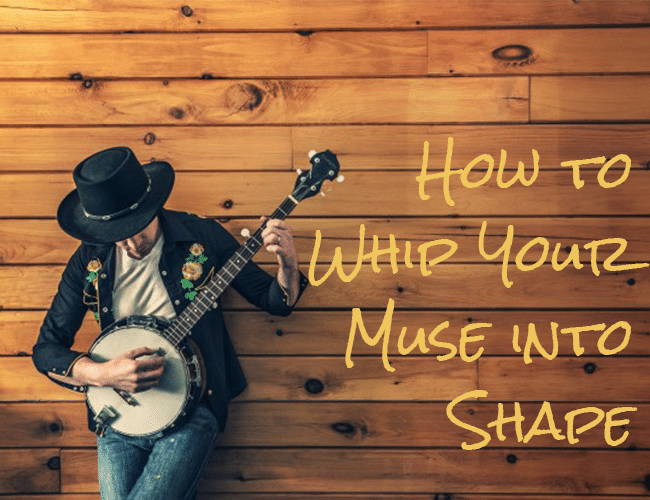
by Emily Wenstrom |
“I write only when inspiration strikes. Fortunately, it strikes every morning at nine o’clock sharp.” —Somerset Maugham
The Muse has gotten a bad rap for being temperamental and ruling Her artists by cruel whims. But I’m here to tell you it doesn’t have to be like that.
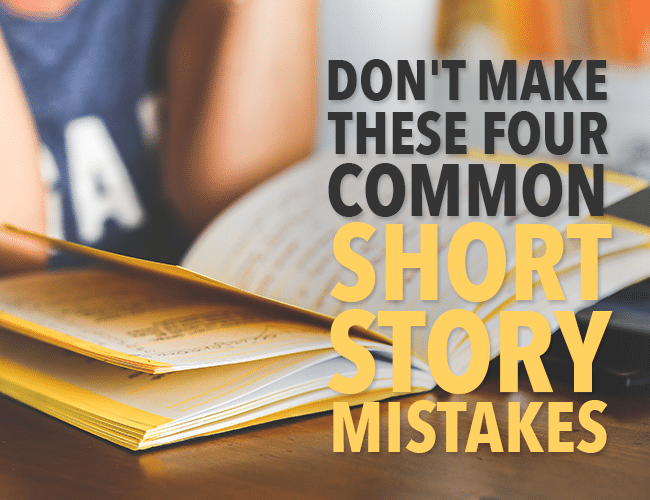
by Emily Wenstrom |
Short stories are a great way to hone your craft and snag bylines from literary magazines (and hey, they’re also a ton of fun to write). Even better, they can help you build your readership—assuming they’re written well.
But alas, as the editor of a short story website, I see a number of common mistakes over and over again, even from authors with great fundamentals. Worse than just errors in craft, these mistakes betray readers’ trust and investment in your story.
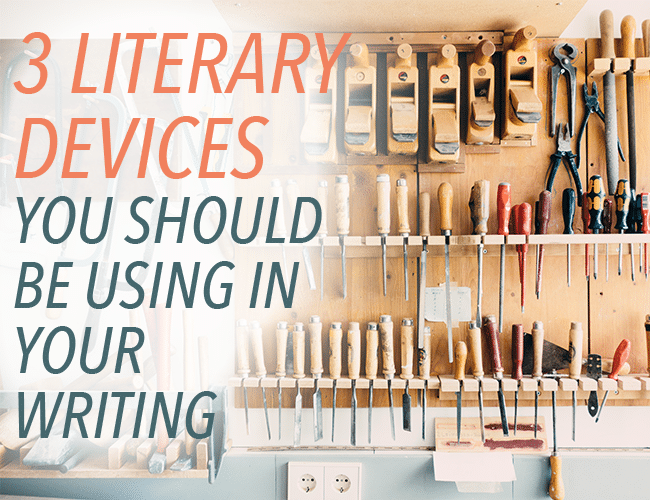
by Emily Wenstrom |
Literary devices can be great tools in your writer’s arsenal to help you illustrate your stories and points in a way that invites engagement and reflection.
And yet what’s the difference between a simile and a metaphor? Metaphor and personification? How much of that English 101 class can you really remember?




